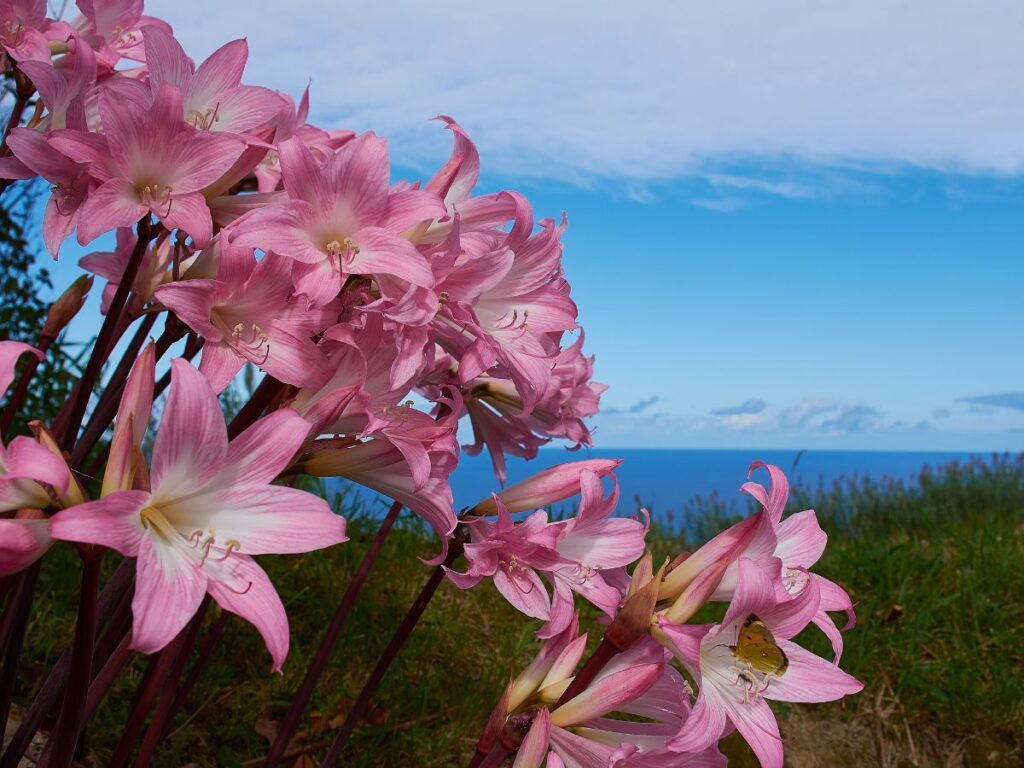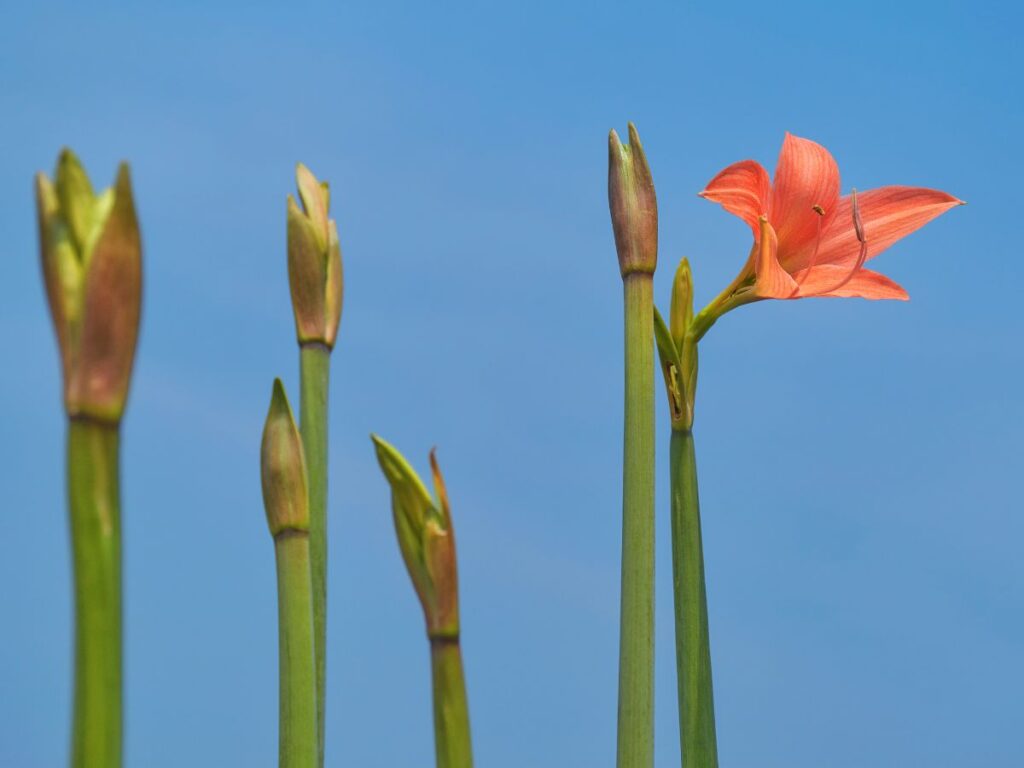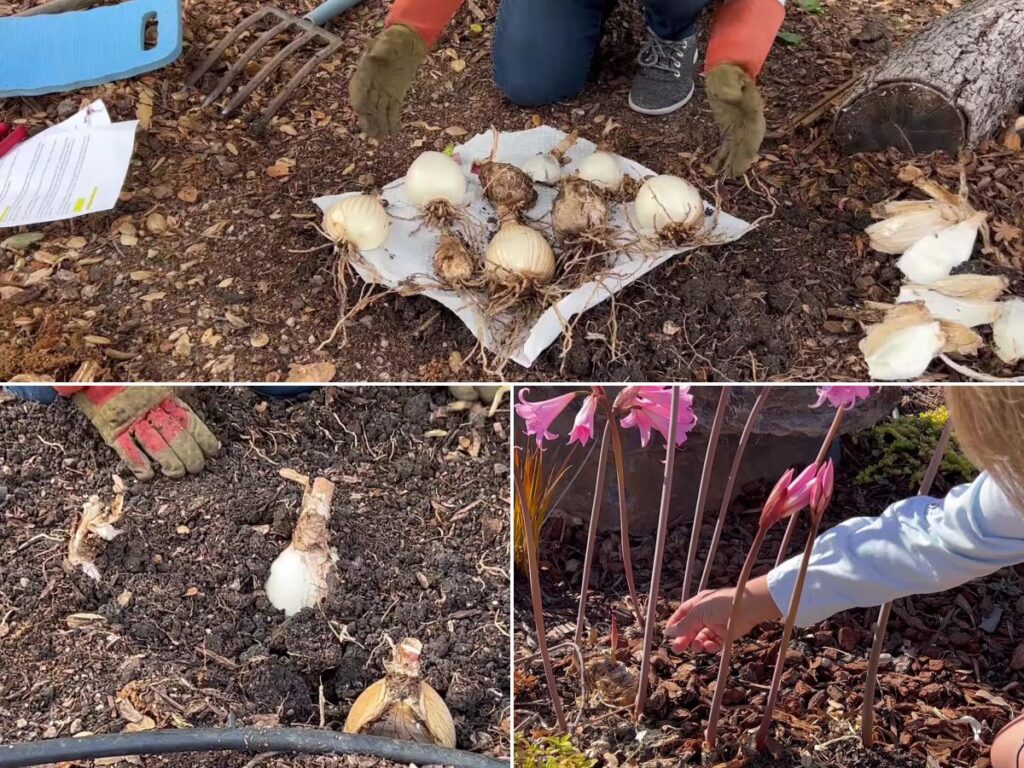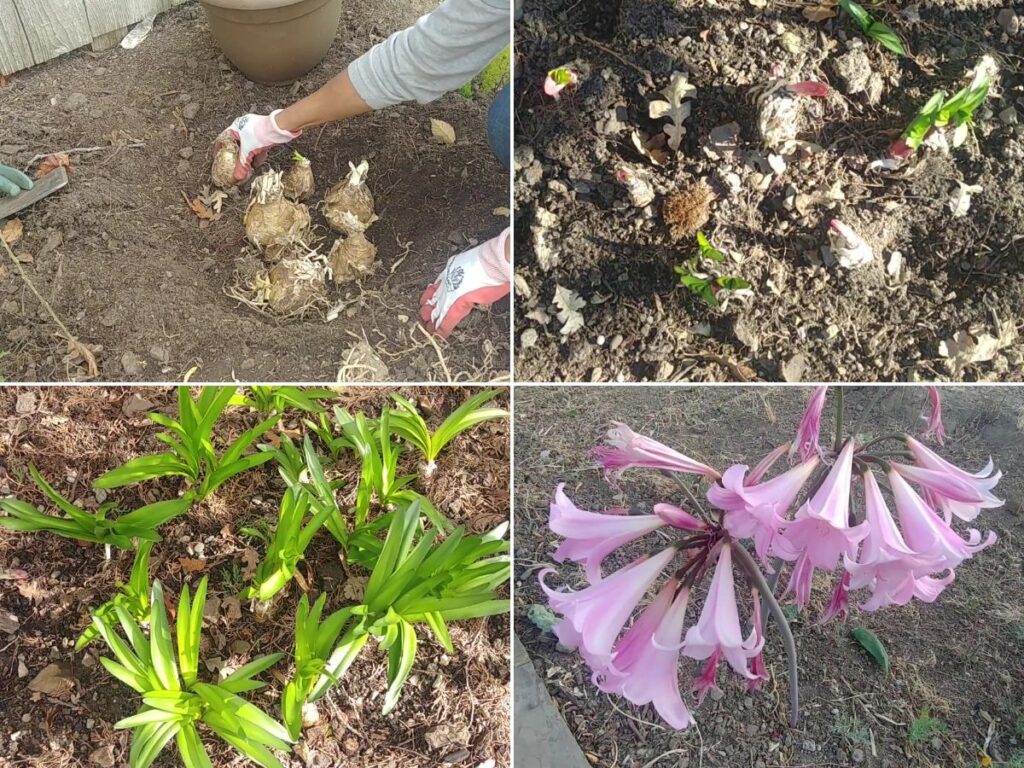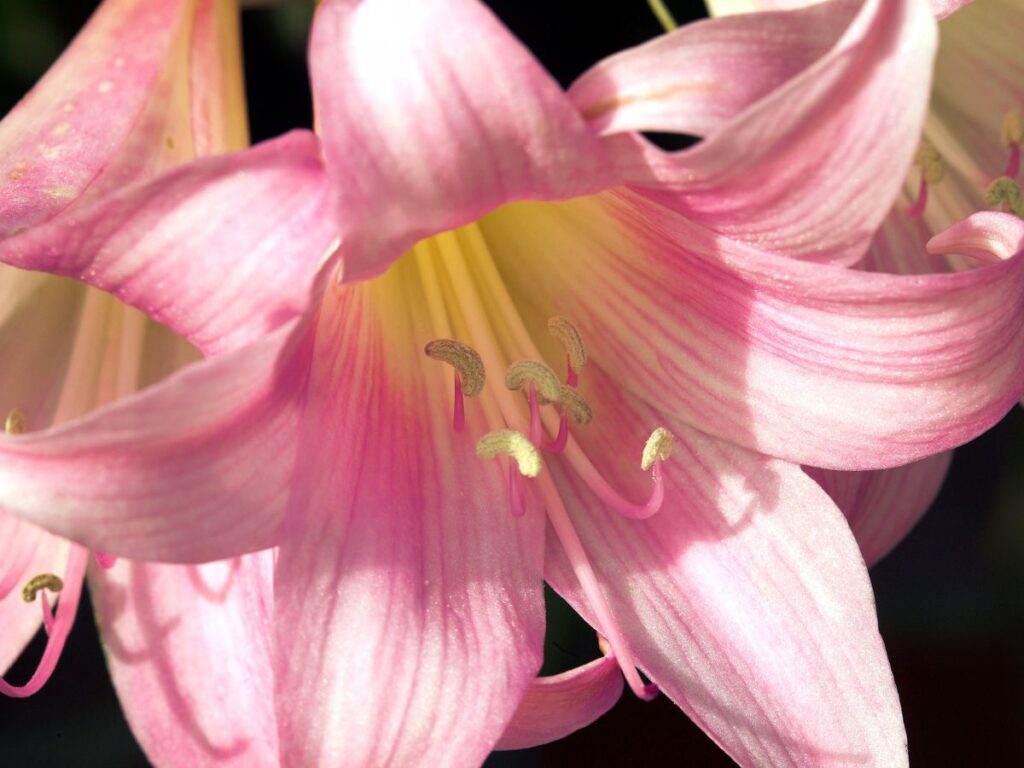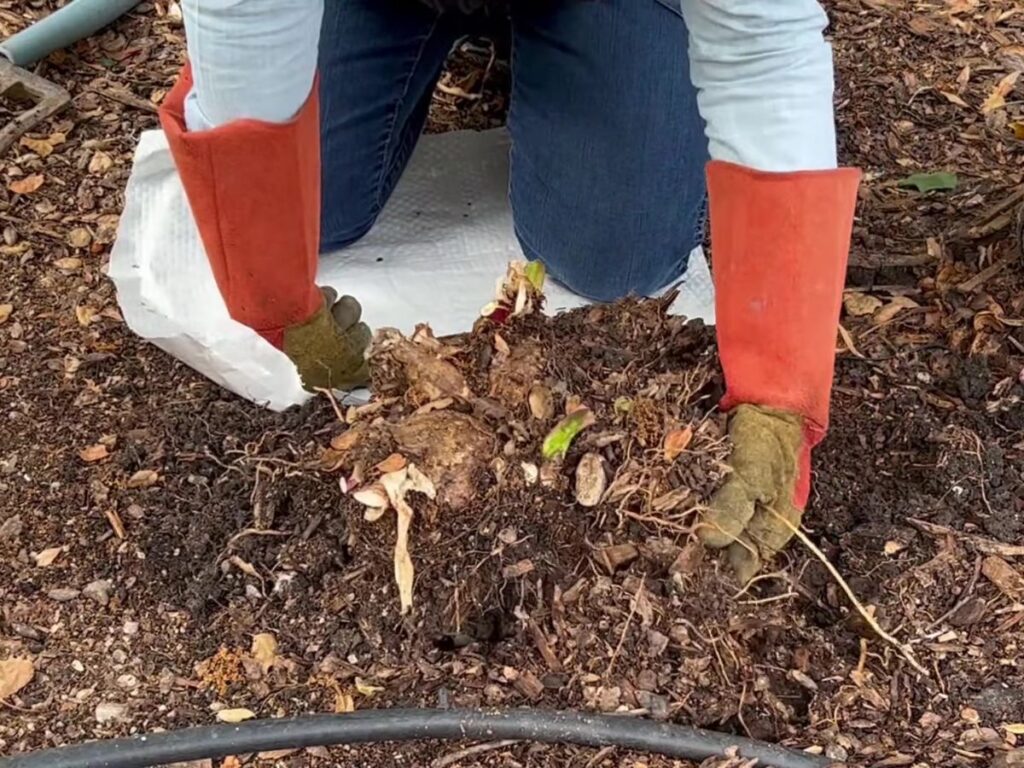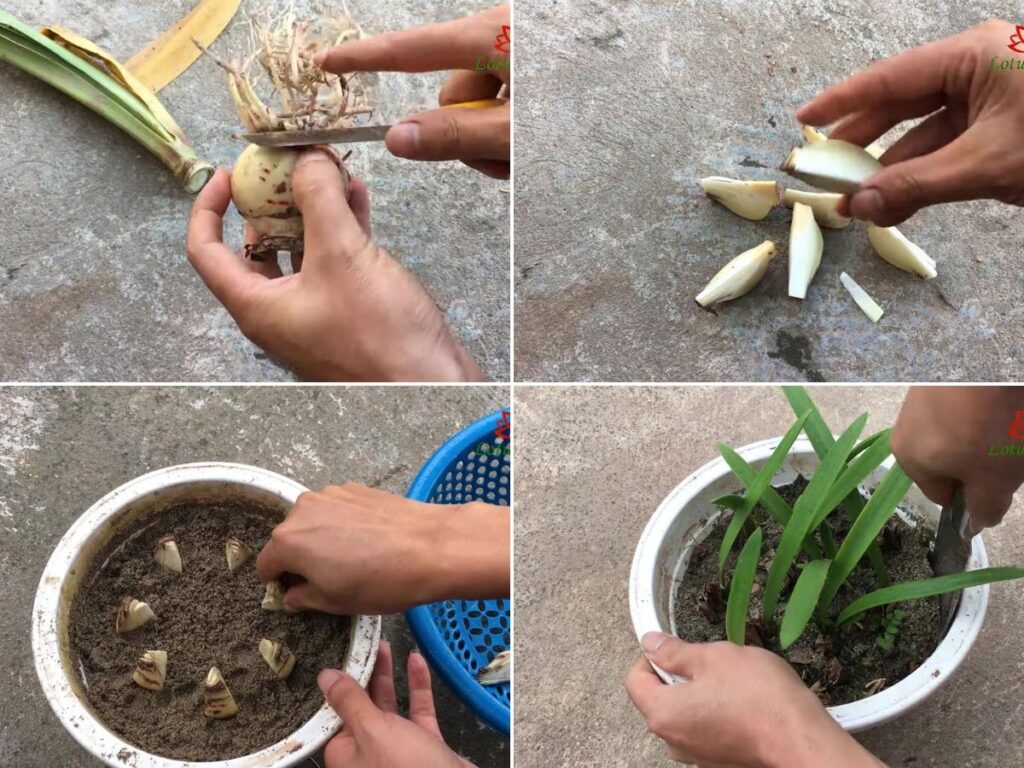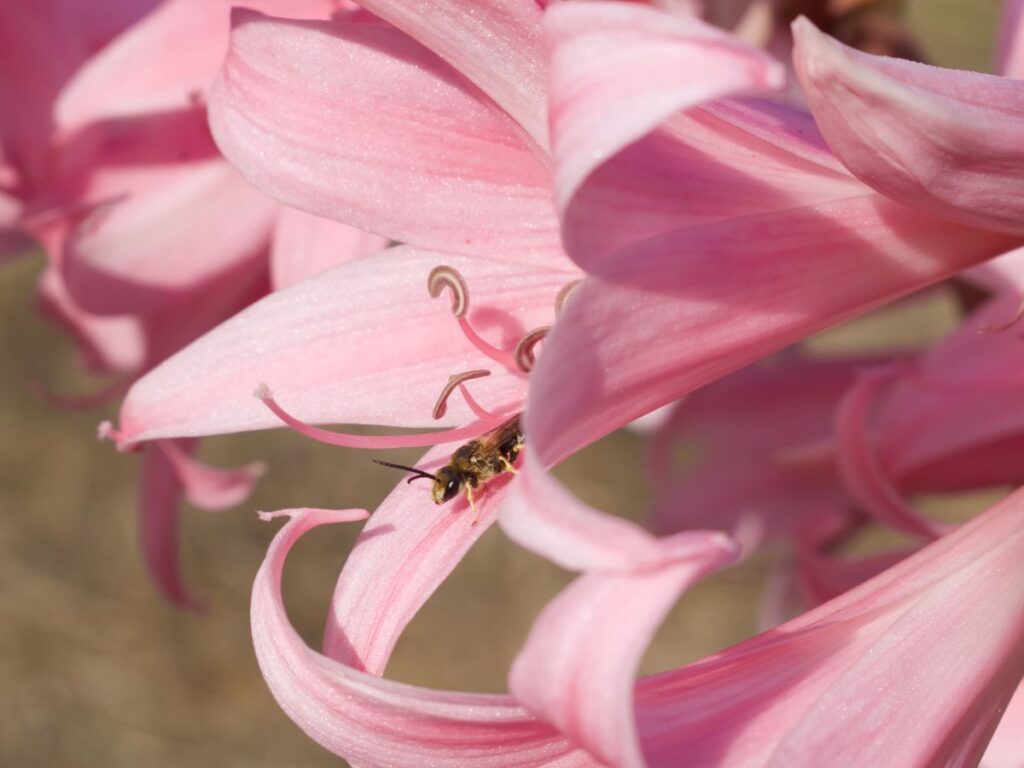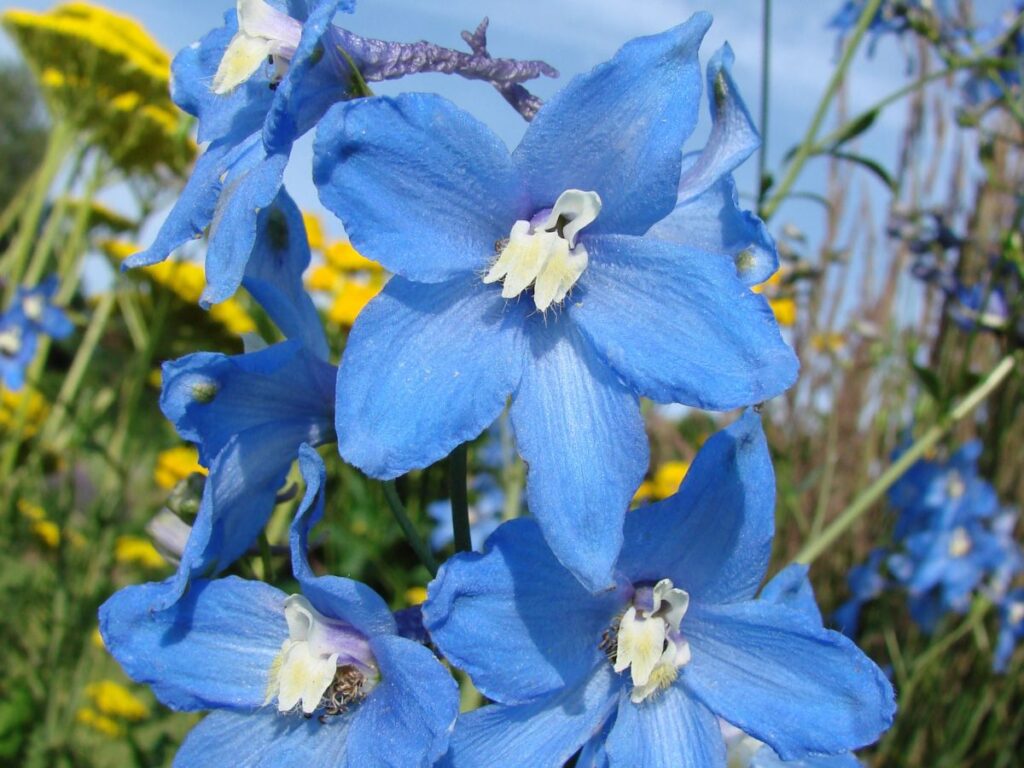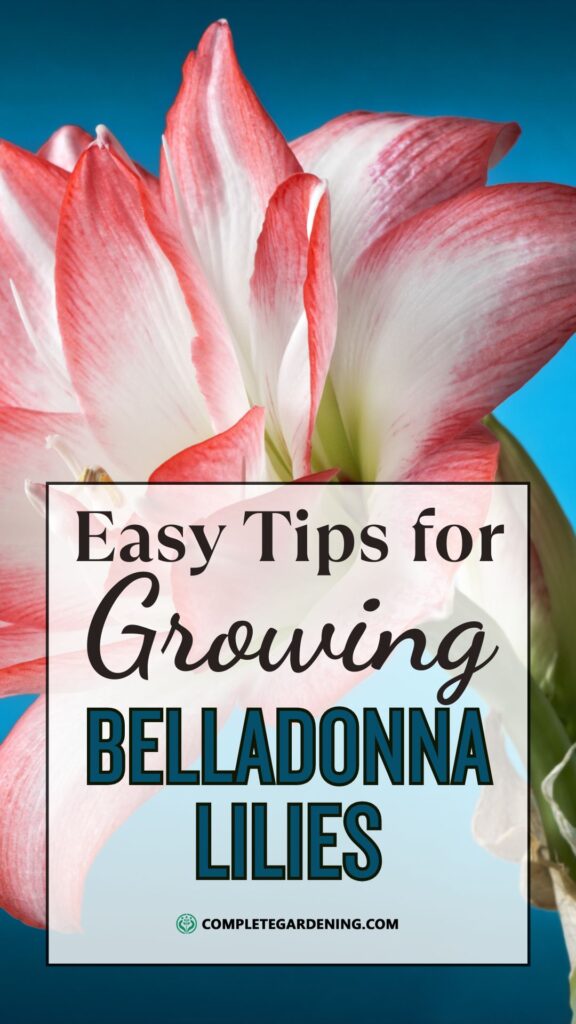When it comes to adding a touch of elegance and a splash of color to your garden, few plants can compare to the Belladonna Lily, also known as Amaryllis Belladonna.
This stunning flower offers not only beauty but also resilience, making it a great choice for both novice and experienced gardeners.
The striking pink blossoms emerge in late summer to early fall, often after the plant’s foliage has died back, creating a dramatic effect.
Whether you’re starting fresh with bulbs or already have a patch you’re tending to, this guide will walk you through everything you need to know about caring for the Amaryllis Belladonna.
Getting to Know the Belladonna Lily
Before we jump into the details of how to care for this plant, it’s worth taking a moment to appreciate what makes the Amaryllis Belladonna so special.
Native to South Africa, this plant is known for its vibrant pink flowers and sweet fragrance.
The Belladonna is sometimes referred to as the “Naked Lady” because its blooms rise from the ground on bare stems, with the foliage dying back long before the flowers make their appearance.
One of the reasons the Belladonna is so beloved is its ability to thrive in a range of conditions. It’s a hardy plant, capable of withstanding drought once established.
Whether you’re in a coastal garden with sandy soil or an inland area with dry summers, the Belladonna is versatile enough to adapt and flourish.
It’s a fantastic addition to any garden design, whether you’re going for a cottage look, a Mediterranean feel, or something entirely your own.
Choosing and Planting Belladonna Bulbs
Timing is Everything
Timing is key when it comes to planting your Belladonna bulbs. In most climates, the best time to plant them is in late summer to early fall. This allows the bulbs to establish themselves in the cooler months before they burst into bloom the following season.
If you’re in a mild or coastal climate, you may have a little more flexibility and can plant a bit later.
But no matter your region, make sure the soil temperature is moderate — neither too hot nor too cold — to give the bulbs the best chance to root deeply and prepare for their stunning debut.
Location, Location, Location
Like all garden favorites, Belladonnas need the right spot to thrive. The ideal location for Belladonna bulbs is somewhere they can bask in full sun, though they’ll tolerate partial shade.
When choosing the right place in your garden, pick a sunny spot that doesn’t get too waterlogged during the rainy season. Good drainage is essential because the bulbs don’t like to sit in soggy soil.
If you’re thinking of incorporating them into a flower bed or border, try planting them in a slightly elevated area, or consider adding sand or gravel to the planting area to help with drainage.
You want those roots to have plenty of air circulation and space to grow.
Depth and Spacing
When it comes to planting depth, aim to plant the Belladonna bulbs about 4-6 inches deep. You’ll want to plant them with the pointed side facing upwards. Space the bulbs 6-12 inches apart to give them room to spread out over time.
Belladonna bulbs prefer to be planted in groups for a dramatic display, so don’t be shy about planting several in a cluster for a naturalized look.
This also helps with pollination and encourages the bulbs to flower more readily. Imagine your garden bursting with color when these elegant blooms rise together in late summer.
Watering and Feeding Your Belladonna Lilies
Watering Tips
Belladonna Lilies are surprisingly low-maintenance when it comes to watering. Once established, they’re quite drought-tolerant, which makes them an ideal choice for low-water or xeriscape gardens.
After you plant the bulbs, water them thoroughly to help them settle into the soil.
During the growing season, keep the soil evenly moist but not waterlogged. As the plant goes dormant, you can significantly reduce watering.
In fact, it’s during this dormancy period that Belladonna bulbs really shine, as they prefer a dry resting period before blooming.
If you’re in an area that experiences regular rainfall, nature may take care of most of your watering needs. Just be mindful not to let the soil get too wet, especially in areas with heavy clay soil.
Feeding Your Belladonna
Belladonna Lilies don’t require a lot of feeding, which makes them even more attractive for gardeners looking for easy-care plants.
However, adding a balanced fertilizer during the growing season, typically in spring and early summer, can give your plants a healthy boost. Look for a slow-release fertilizer or a bulb-specific feed, following the package instructions carefully.
Avoid over-fertilizing, as too much nitrogen can lead to lush foliage but fewer blooms. These beauties are all about balance — giving just enough food and water without overdoing it ensures you’ll get the best results come bloom time.
Mulching and Winter Care
In climates where frost is a concern, mulching your Belladonna Lily bulbs can offer them some protection during the colder months.
Apply a thick layer of organic mulch, such as shredded bark or straw, over the planting area after the first frost to help insulate the bulbs.
In milder climates, you may not need to worry as much about winter care. In fact, many gardeners in warmer regions find that Belladonnas can be left in the ground year-round with little fuss.
Over time, the bulbs will naturalize and spread, creating a larger display with each passing season.
Pruning and Deadheading
One of the most satisfying aspects of caring for Belladonna Lilies is how low-maintenance they are. After the flowers have faded, you can trim the spent flower stems back to the base.
This helps tidy up the garden and encourages the plant to focus its energy on developing strong roots and bulbs for next year.
Unlike some other garden favorites, you don’t need to worry about deadheading Belladonnas throughout the growing season. Once the flowers are done, the plant enters its dormancy phase, making them a relatively hands-off addition to your garden.
Propagating Belladonna Lilies
If you want to expand your Belladonna collection or share with friends, propagating the bulbs is quite simple. The most common method is to dig up the bulbs after a few years of growth, typically in late summer or fall, and divide them.
Each bulb cluster should have several smaller “offset” bulbs attached to the main bulb. Gently separate these smaller bulbs and replant them in a new location, following the same guidelines for planting.
Keep in mind that these newly planted offsets might take a couple of seasons before they bloom, but the wait is well worth it. Over time, you’ll find that your garden continues to fill with these elegant flowers.
Common Issues and Troubleshooting
While Belladonna Lilies are generally easy to grow, there are a few potential issues you might encounter.
Pests
For the most part, Belladonna Lilies are not particularly prone to pests. However, in some regions, snails and slugs may take a liking to the bulbs or emerging shoots.
If you notice damage, consider using natural deterrents like crushed eggshells or organic slug bait to keep these critters at bay.
Fungal Diseases
In overly wet conditions, Belladonna bulbs can be susceptible to fungal diseases, such as bulb rot.
This can be avoided by ensuring good drainage and avoiding overwatering. If you do notice any signs of rot or decay, remove the affected bulbs immediately to prevent the spread to other plants.
Lack of Blooming
If your Belladonna Lilies are failing to bloom, it could be due to a few factors. First, make sure they are getting enough sunlight. These plants thrive in full sun, so ensure they are not being shaded by nearby trees or structures.
Additionally, over-fertilizing can result in lush green foliage at the expense of flowers, so be mindful of your feeding schedule.
Finally, patience is key. Belladonna bulbs sometimes take a season or two to settle in and start blooming, especially if they were recently divided or transplanted. Give them time, and they’ll reward you with their spectacular flowers.
Growing the Amaryllis Belladonna Lily is a rewarding experience for any gardener. With its striking blooms, drought tolerance, and low-maintenance nature, it’s an excellent choice for anyone looking to add a little elegance to their outdoor space.
With the right care and attention, your Belladonna Lilies will continue to grace your garden with beauty year after year, becoming a cherished part of your landscape.
So roll up your sleeves, get those bulbs in the ground, and get ready to enjoy the beauty of these lovely “Naked Ladies” when they make their grand entrance.

